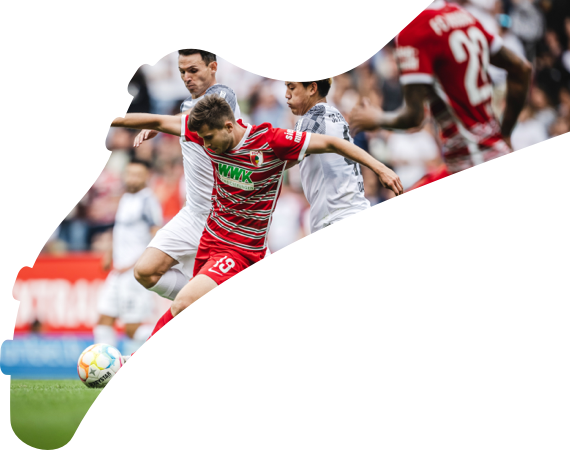
Meet the Footbonaut, the futuristic pass-master currently firing Borussia Dortmund and Hoffenheim
It’s sport’s final frontier: man versus machine in a battle for supremacy, and Bundesliga giants Borussia Dortmund and Hoffenheim are at the forefront of the futuristic fight.
With the game’s technology-based training methods advancing at an especially rapid rate, clubs and coaches are always on the lookout for new ways to gain an edge over their opponents. And one of the developments in the race to maximise player sharpness is the 'Footbonaut'.
There are no teammates alongside you, no coach shouting instructions, you enter the Footbonaut realm alone, facing a battle against a shrewd machine. You will be tested on reaction, vision, precision and skill, and it all comes in the form of controlling the ball and making the right pass.
Footbonaut was the brainchild of Christian Güttler, who put his plans for the device together in Berlin. Within a robotic cage encompassing just 14 metres, footballs shoot out from different angles and at different speeds. A ball can drop from above or fly out at ground level. Each player must control and pass the ball to a highlighted square. In total, there are 72 lighted panels. A red colour signals that a ball is about to arrive, while green represents where the player must pass it to.
Footballs can shoot out at top speeds of 62 miles per hour, but rarely reach that sort of velocity. The average pace on each ball ranges between 37 and 44 mph in order to mimic a real life in-game situation as closely as possible. The pace and variables of each session can be controlled via a mobile phone app from an adjacent room.
At present, there are only three Footbonauts in the world. Borussia Dortmund were the first to obtain one while Hoffenheim added theirs in 2014. The third machine is located at the Aspire Academy in Qatar, where the country’s national team is building towards their hosting of the 2022 FIFA World Cup.
There are those who feel that the Footbonaut is responsible for Germany’s success at the 2014 World Cup, with the player who scored the winning goal in the final, Mario Götze, having the advantage of countless hours of practice on the impressive device at his boyhood club in his formative years
At Dortmund, the Footbonaut is incorporated at all age groups at its academy and training base, and is used by the nine-year-old future stars right up to the senior players who light up the Bundesliga today. "Being [within the Footbonaut] is quite a special feeling," explained BVB defender Marc Bartra. "There aren’t many clubs in the world who can boast this kind of technology and way of working. I feel lucky to be able to train here," the Spain international added.
Hoffenheim, too, have explained the importance of using the Footbonaut as part of their training set-up. "We use it everyday; it’s completely integrated in our system," the Sinsheimers’ sporting coordinator Rafael Hoffner, said. "I’m not sure with what frequency Dortmund use theirs, but here we have it on throughout the day. All of our teams and players use it, it’s part of our daily training regime," Hoffner continued.
It’s clear that the Footbonaut cannot replace real matches or on-field training sessions, however, this fascinating robotic cage may one day become a fundamental aspect in helping all players to prepare well. For those looking to perfect their pass and react skills, the Footbonaut provides the perfect solution.
Watch: Take a tour of the Footbonaut



